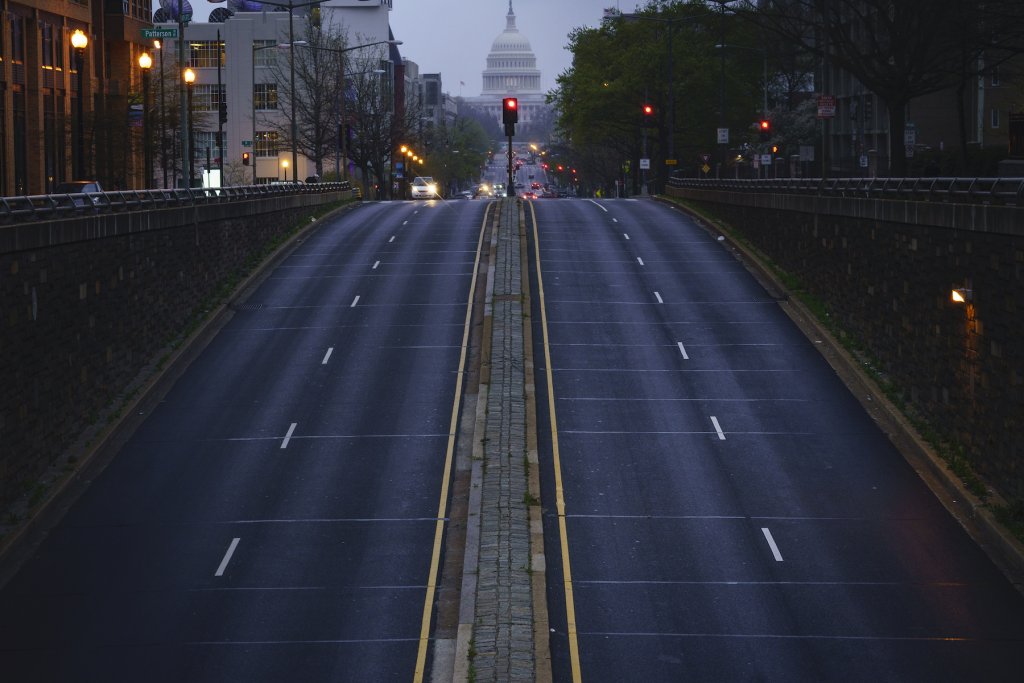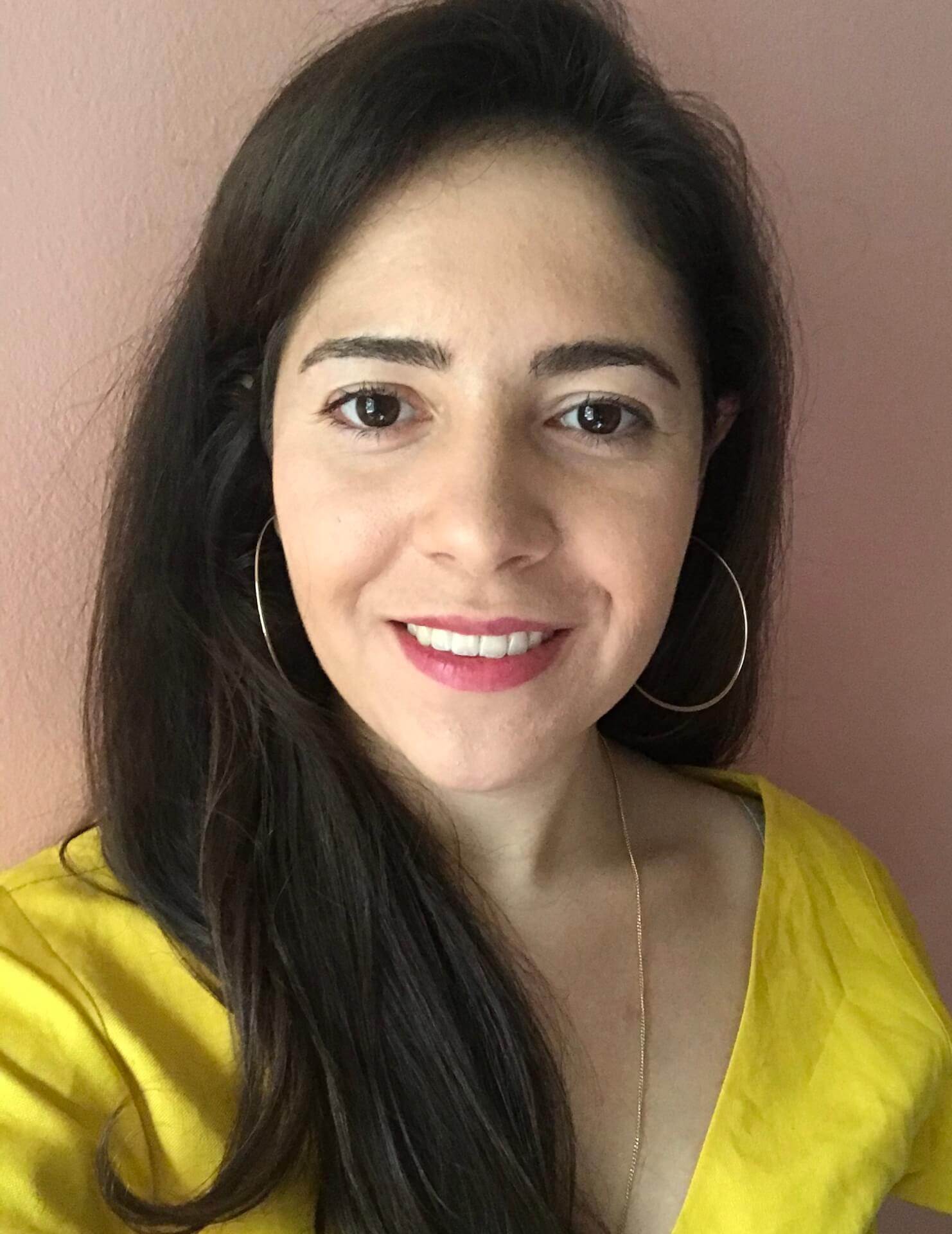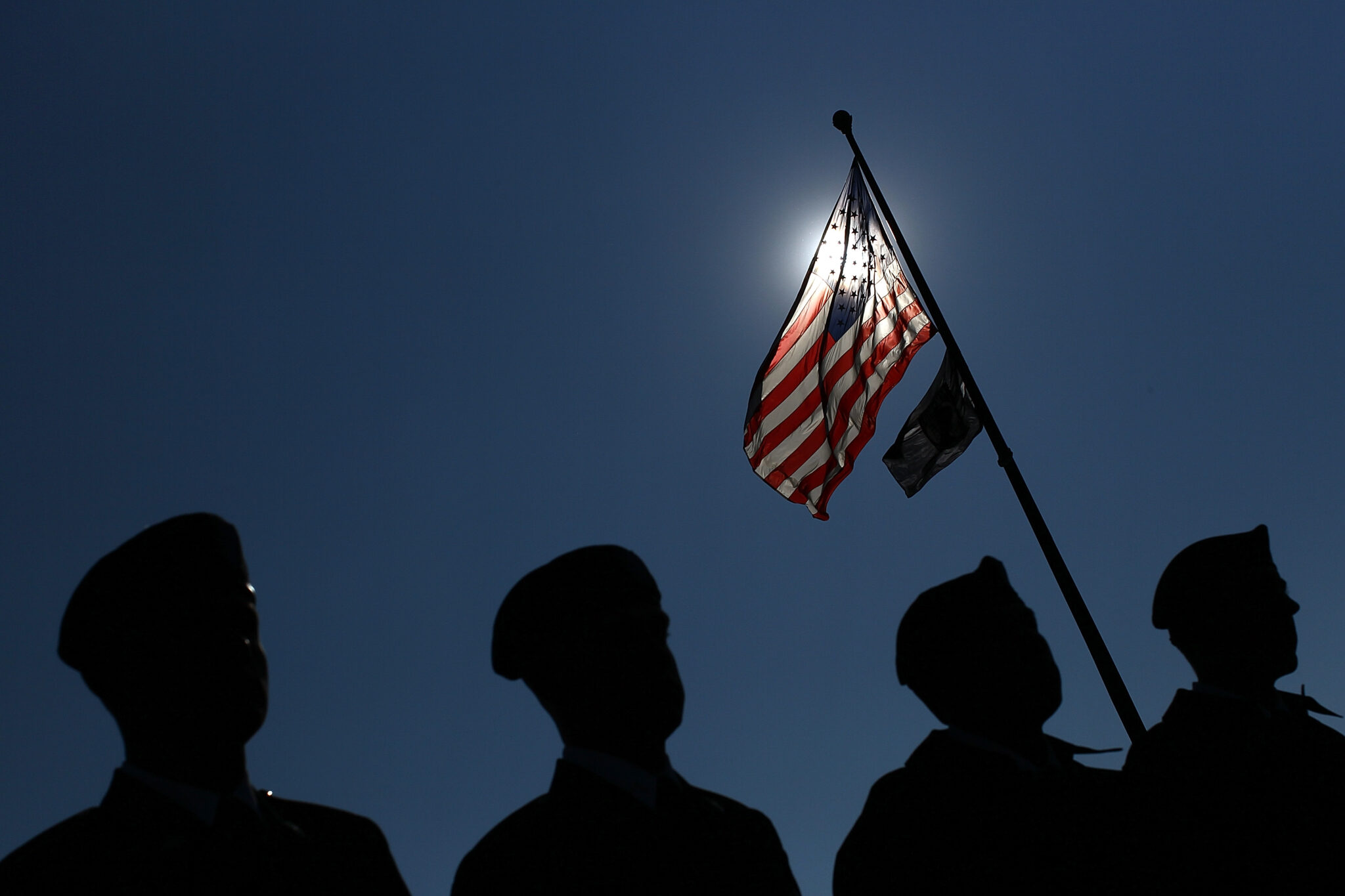Electric Buses, Asphalt and Bridges: Politicians Jostle for Federal Transportation Cash

The nearly $1 billion that U.S. Rep. Garret Graves is seeking through Congress’ revamped earmarks process isn’t a typo.
The Louisiana Republican says Baton Rouge desperately needs a new bridge to alleviate a crush of roadway congestion — at a cost of $955.2 million for several projects. That far exceeds the $20 million that House lawmakers have been told could flow back to each district if a new surface transportation bill is signed into law.
Graves said in an interview with States Newsroom that his mammoth request wasn’t “a naive error.” Instead, it was an intentional effort to emphasize the price tag of such a project.
“Do I have any illusions that we will have a billion-dollar earmark? No,” he said. “But this is a bridge, and I wanted to be transparent about this and what it costs.”
The “ask for it all” strategy from Graves is one of several by House members vying for funding in the resurrected earmarks process on Capitol Hill. It comes as infrastructure takes on a new significance in the U.S., following an expansive proposal by President Joe Biden for $2.3 trillion in spending that could help states pay for building and repairing scores of aging and failing highways, bridges and transit systems.
The White House continues negotiations with congressional Republicans, and it’s not yet clear how much money will be available to dole out or how — but lawmakers also presented with the opportunity to earmark transportation funds for the first time in a decade aren’t taking any chances.
RELATED: Here’s The Full List of Transportation Earmarks Sought by Maryland Representatives.
‘Bridge to Nowhere’
Earmarks — or money designated for specific projects in congressional spending bills — were banished by Republicans when they took control of the House in 2011 following intense public criticism of corruption and a lack of fairness. The process of inserting local projects was used to flip hesitant legislators to “yes” votes on tough bills, but it resulted in a lopsided allocation of dollars to only some districts.
One of the most famous infrastructure earmarks, derided as a national embarrassment, was the $223 million “Bridge to Nowhere” in Alaska, which was supposed to connect a small city with its airport on a nearby island. The proposal was finally killed a decade after its inception.
In bringing back that process this year, congressional Democrats have new guidelines intended to make earmarks more fair and more visible.
The projects, which House lawmakers have submitted for both the annual appropriations bills and the upcoming surface transportation authorization measure, must be posted on each lawmaker’s website with documentation and a letter attesting that the member has no financial stake in the project.
The last time that the five-year transportation authorization bill included earmarks was in 2006, when it included 5,091 projects at a cost of $14.8 billion.
The 2,380 transportation projects requested this year hit essentially that same price tag, according to a list released by the House Transportation and Infrastructure Committee. Those requests for nearly $14.9 billion came from 318 members: 213 Democrats, and 105 Republicans.
The seven Democratic congressmen from Maryland requested funding of $668.1 million for 94 projects.
Highway resurfacing, road capacity
Many of the projects focus on the typical roadway repairs envisioned in a bill doling out dollars for highways, bridges, rail and public transit: highway resurfacing, projects to add lanes, and a flurry of proposals to boost road capacity.
But there are also items reflecting the country’s changing needs and technology —electric bus infrastructure was a popular request by lawmakers from Arizona to Minnesota to North Carolina. Those project requests nationally tallied at least $99.5 million, according to Bloomberg Government. In Maryland, there are five requests to help local governments with electrification of vehicles.
But the scope of federal dollars sought varies widely from district to district.
Some lawmakers — mostly Republicans — did not submit any requests for infrastructure projects, though some did request local projects in the appropriations bills.
The House committee lists no requests from Maryland’s sole Republican representative, Andrew P. Harris; his office did not return an email seeking comment about the earmarks process.
Rep. Daniel Webster, (R-Fla.), who sits on the committee crafting the transportation bill, did not make any requests because he felt the timeline for submitting projects was rushed.
“Rep. Webster is very careful when it comes to spending taxpayer dollars,” a spokesperson from his office said. “Thus, he decided not to submit projects for Fiscal Year 2022.”
Instead, Webster sent a letter to the transportation panel’s chairman and ranking Republican, asking that any funds designated for his district be sent to the Florida Department of Transportation.
“Florida has one of the best roadway systems in the nation and an effective bottom-up process for project selection that ensures that the most critical projects in each region are prioritized and funded,” he wrote. “The process is not perfect, but it has served our state well.”
‘It’s just a mess’
A handful of members turned in lengthy lists: Graves, of Louisiana, had the most expensive list, with three bridge projects and a separate smaller project totaling $955.7 million.
Graves said he expects to get enough funding for the initial planning phases for the new bridge, which would span the Mississippi River between the Sunshine Bridge and Horace Wilkinson Bridge. The latter bridge ranked 18th on the American Transportation Research Institute’s latest list of bottlenecks for the nation’s freight trucks.
“You can go on Google Earth right now and you will see a red line going across the bridge, and it’s not rush hour,” Graves said. “I’m on Google Earth right now and it’s red. Again, it’s not even rush hour. It’s just a mess.”
The list of transportation projects requested by Rep. Chris Pappas, (D-N.H.), also hit nine figures. He sought $106.3 million for 32 projects across his district.
Rather than going big on one project, Pappas, a member of the transportation committee, said he sought to diversify, including a range of projects from different parts of his district and proposals that would tap dollars from different categories of transportation funding, such as highways, rail and transit.
“We wanted to put together a list that was bigger than ultimately the amount of projects that would be awarded, so that we had a good shot at getting some projects in New Hampshire funded,” Pappas said.
Two Maryland lawmakers submitted nine-figure requests: Rep. Anthony G. Brown (D) requested $138.3 million for 20 projects, and Rep. David Trone requested $209.3 million for 29 projects.
New Hampshire’s Department of Transportation commissioner, Victoria Sheehan, who also serves as president of the American Association of State Highway and Transportation Officials, said she and other state transportation officials have been pleased with the level of engagement from congressional offices, as well as clearer guidelines in the new earmarks process.
In a letter to congressional leaders earlier this spring, AASHTO officials had flagged some trouble spots in how the previous process worked.
Some projects that did get money ended up receiving too few federal dollars to get off the ground, Sheehan said. Other projects may not have been as high of a state priority, and had trouble raising enough matching dollars to put the federal funds to use.
This time, there’s an emphasis on projects already identified as priorities on a state’s long-term transportation plan, she said.
“This process definitely addressed the majority of our concerns,” Sheehan said.
Teaming up in Kansas City
The quick turnaround time for submitting proposals led to creative approaches, and lessons for next time.
Some members teamed up on submitting project requests, such as Rep. Sharice Davids, (D-Kansas), and Rep. Emanuel Cleaver, (D-Mo.), who are seeking $10.5 million in federal funds for electric buses.
Davids submitted a request for $4.5 million and Cleaver is seeking $6 million for electric buses that the Kansas City Area Transportation Authority requested to help reduce traffic on one of Kansas’ most congested highways that would serve both sides of the state line.
“My job is to be the voice of the Third District in Washington, and each of these projects would help keep our communities safe, reduce congestion, and bring sustainable economic development—including U.S. 69, which has been an important priority for years, and electric buses for KCATA,” Davids said in a statement to States Newsroom.
A pair of Pennsylvania lawmakers didn’t know they were submitting nearly contiguous projects along the same roadway, on opposite sides of their district boundary.
Rep. Dan Meuser, (R-Pa.), put in for $5.5 million to resurface a stretch of US-222 in Berks County, while Rep. Chrissy Houlahan, (D-Pa.), is seeking $5 million to add a lane to a stretch of that same road, just five miles away.
“I’m hopeful that in the future, there will be more of a collaborative opportunity” among legislators, Houlahan said, noting that three members of Congress represent portions of that one county. “It was mostly a lack of time in this particular year.”
There were overlapping requests in Maryland as well.
Three lawmakers requested funding for the Bethesda Metro south entrance. Brown, Jamie Raskin and Trone each requested $20 million for the project.
Four lawmakers — Brown, Kweisi Mfume, John P. Sarbanes and C.A. Dutch Ruppersberger — requested funding for the “East-West Priority Corridor” in Baltimore, a project area that stretches across the city and includes the “Highway to Nowhere.” Brown requested $15 million for the project, while the other lawmakers requested $5 million each.
What’s in and what’s out
Of course, every member of Congress will be describing their project lists with that same urgency to Transportation Committee members who will be finalizing what goes in the surface transportation reauthorization package.
Decisions on which proposals are in or out of the House bill could come soon. Rep. Peter DeFazio, (D-Ore.), chairman of the transportation panel, hasn’t set a deadline for when his panel will mark up its legislation after reviewing the long list of earmarks.
But House Speaker Nancy Pelosi (D-Calif.) has targeted July Fourth for voting on that bill, which would be a pillar of Biden’s wide-ranging infrastructure plan, which also seeks funding for investments in child care and education.
Ahead of the House Democratic plan being released, Republicans have put forward a $400 billion, five-year countermeasure.
On Friday, Biden presented a $1.7 trillion counteroffer to Senate Republicans, though it wasn’t clear it would have much success.
Senate Democrats have not released their transportation bill, but Sen. Tom Carper, the Delaware Democrat who chairs the Senate Environment and Public Works Committee, said he expects to finish the Senate version by Memorial Day.
It’s not clear if a Senate bill will include earmarks, with the top Republican on the transportation panel, Shelley Moore Capito of West Virginia, opposed to including them.
Amid the uncertainty, lawmakers say they’re trying to manage expectations of the local officials anxious to hear if they’ll see money start to flow.
At the same time, they’re gearing up to lobby for their share of funding, and have urged sponsors of the pending projects to do the same.
“We don’t really know how it’s all going to shake out at this point. We’re not really certain what the larger infrastructure process will look like, either,” Houlahan said. “But we will advocate for all of the things that we submitted and more.”
Danielle E. Gaines contributed to this report.





 Creative Commons Attribution
Creative Commons Attribution